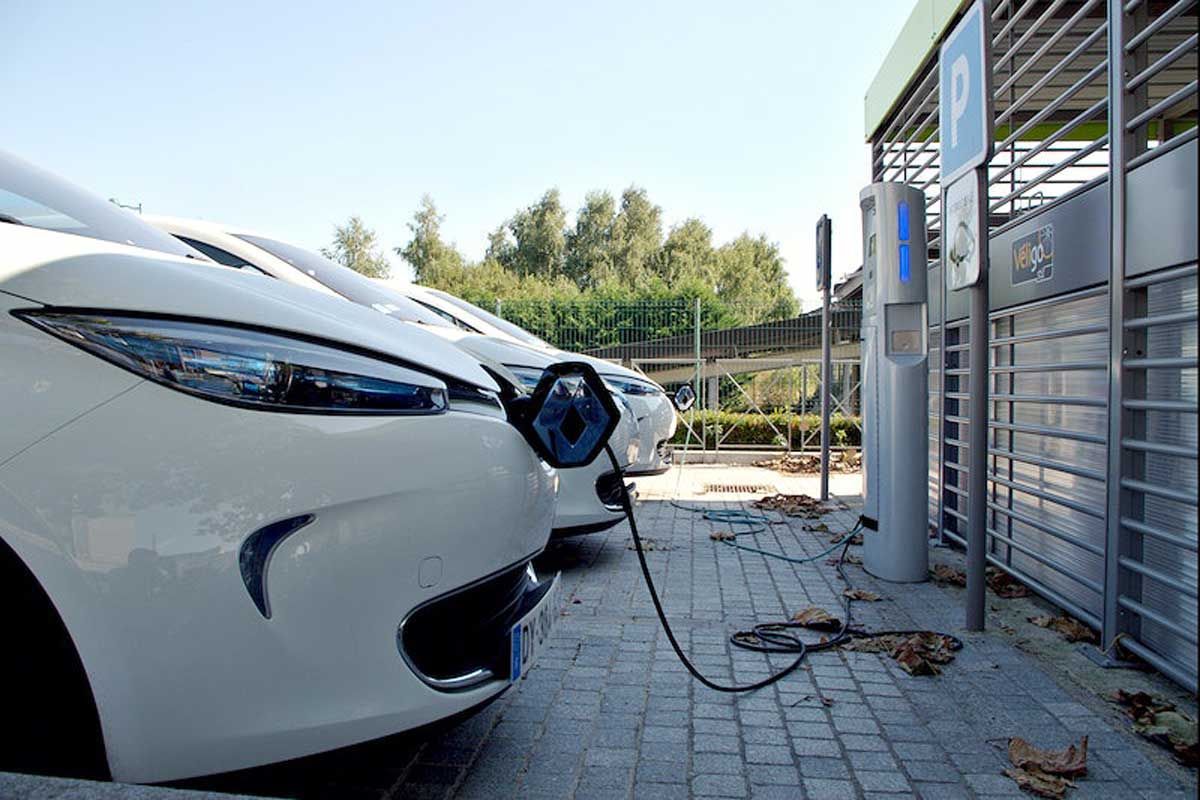
Electric vehicles (EVs) are revolutionizing transportation, offering cleaner, often more thrilling, driving. At the heart of every EV lies its battery, a sophisticated power source determining performance, range, and cost-effectiveness. Ensuring its longevity isn’t just about saving money; it’s maximizing your investment and embracing sustainability.
Extending your EV battery’s life doesn’t require complex engineering or specialized tools. It comes down to adopting simple, actionable habits. We’ve distilled expert wisdom into a clear, concise guide, empowering every EV owner, seasoned or new.
In this article, we’ll dive into 12 essential steps that can genuinely help you squeeze more life out of your EV battery, potentially boosting its longevity significantly. Forget jargon; our goal is practical, easy-to-implement strategies. Get ready to unlock peak performance and ensure your electric vehicle remains a reliable companion.

1. **Maintain Optimal Charge Levels (20-80%)**One impactful strategy for preserving your EV battery’s health revolves around its state of charge (SoC). Constantly topping up to 100% or letting it completely drain to 0% can accelerate degradation. Think of a muscle performing best when not constantly overstretched or entirely unused.
Experts agree: keep your EV battery’s charge consistently between 20% and 80% for daily driving. Charging to 100% creates “undue stress on the battery’s internal chemical components,” which “may deteriorate more quickly.” Similarly, 0% “risks deep discharge,” potentially “permanently damag[ing] lithium-ion cells.” These extremes cause unnecessary wear.
Adhering to this 20-80% rule allows lithium-ion cells to operate within their most comfortable and efficient range. This practice significantly reduces chemical strain contributing to long-term deterioration. It mitigates internal chemical changes primarily “caused by internal chemical changes during charging and discharging cycles.”
Many modern EVs feature smart charging tools making this habit easy. Utilize your car’s system or mobile app to “set a custom charge limit,” stopping automatically at your desired percentage. This simple adjustment significantly ensures your battery remains robust and reliable.
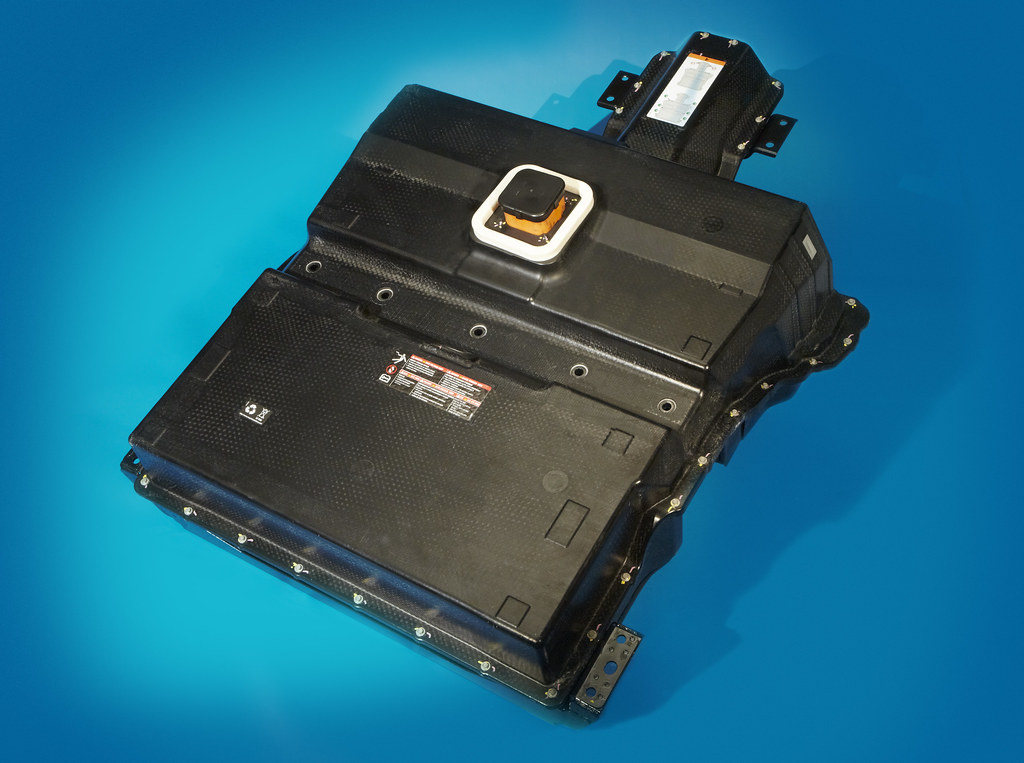
2. **Limit DC Fast Charging**DC fast chargers offer undeniable convenience for long trips needing quick top-ups. However, relying on these high-speed solutions as your primary daily charging method might harm your battery long-term. Balancing convenience and battery longevity is key.
The core issue with frequent fast charging is heat generation. “Fast charging pushes high currents into the battery, causing thermal stress.” This intense surge can lead to “excess heat, potentially contributing to increased battery wear over time.” Constant exposure to these high temperatures accelerates natural degradation.
For everyday charging, “use Level 2 chargers when possible.” These provide a “slower, more gentle charging experience” for your battery. Though slower, reduced heat and stress on battery cells offer significant long-term health benefits. Consider Level 2 your daily routine and “reserve fast charging for emergencies or long trips.”
Think of fast charging as an espresso shot—great for a quick boost, but not ideal daily. By prioritizing Level 2 charging, you actively preserve the “battery’s chemical stability,” ensuring optimal performance for years, and potentially avoiding high replacement costs.
Read more about: Diesel Durability Unveiled: 10 Engines That Redefine Longevity — And Those That Don’t
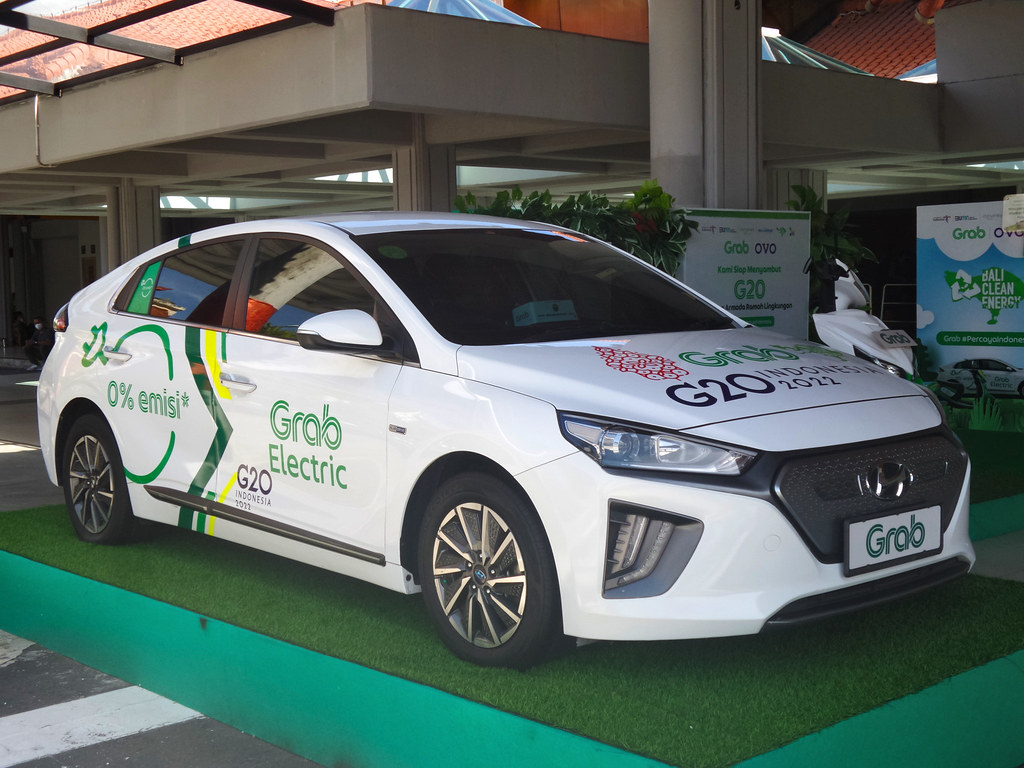
3. **Manage Extreme Temperatures**EV batteries are highly sensitive to temperature. “Extreme hot and cold temperatures” are undeniable adversaries. Protecting your EV battery from severe environmental conditions is crucial to maintain efficiency and extend its lifespan. Ignoring temperature management can cause noticeable performance drops.
High heat is particularly detrimental, “accelerates chemical degradation,” and reduces capacity faster. Parking your EV in a “Garage or shaded area during the summer months of high heat would help slow battery degradation.” This prevents the battery from reaching dangerously high internal temperatures. While EV thermal management systems exist, their protection is “limited.”
Conversely, “cold temperatures temporarily reduce range,” and extreme freezing conditions are problematic. Cold weather “slow down chemical reactions, reducing battery capacity and increasing internal resistance.” To combat this, many newer EVs offer “battery preconditioning,” warming the battery before driving, ensuring “optimal battery performance” and range from the start.
Proactive temperature management means mindful parking. Whether seeking shade or preconditioning, these habits create “ideal storage conditions” for your battery, typically between “15–25 °C (59–77 °F).” Protecting your battery from these stresses directly enhances its health and longevity.
Read more about: Diesel Durability Unveiled: 10 Engines That Redefine Longevity — And Those That Don’t
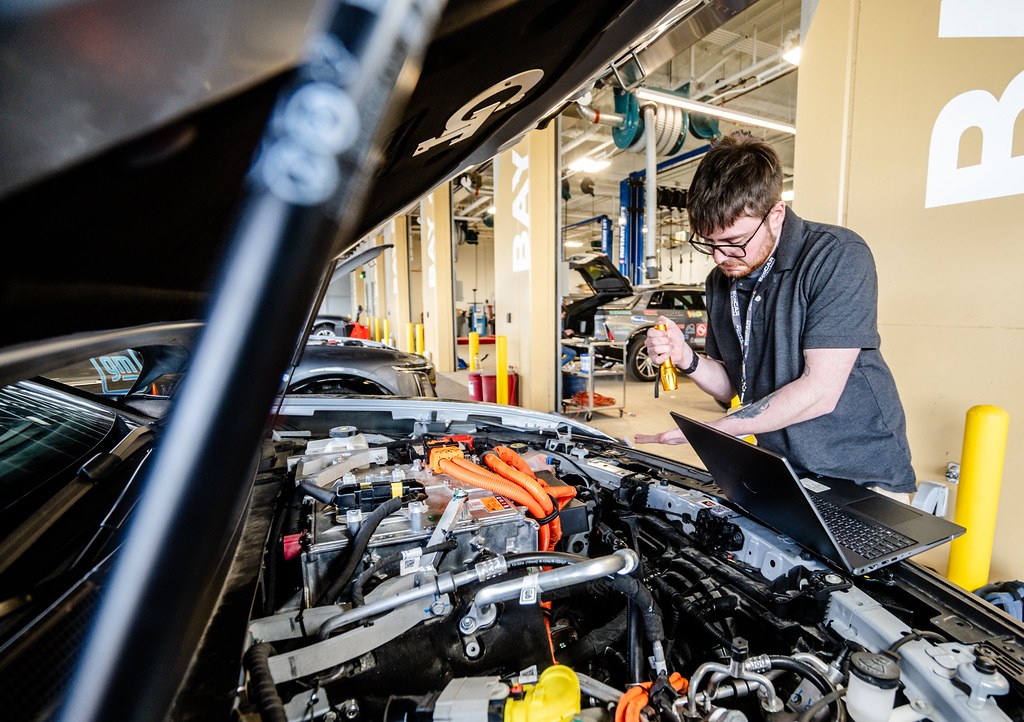
4. **Drive Smoothly and Efficiently**Your interaction with the accelerator and brake pedals directly impacts battery strain. Aggressive driving, with “hard acceleration and hard braking,” translates into rapid energy demands and increased heat within battery cells. This style, while thrilling, isn’t ideal for battery longevity.
Adopting “smooth and steady driving” is a cornerstone of battery preservation. Gradual acceleration and gentle braking minimize “stress on the battery’s internal components” and reduce energy spikes. This not only “prolongs the life of an EV battery” but also “enhances energy efficiency, enabling drivers to cover more distance.”
A standout feature is “regenerative braking.” This ingenious system “transforms some energy usually lost when braking into usable power,” returning it to the battery. Maximizing regenerative braking “to lessen battery wear and tear and boost the vehicle’s overall efficiency” is smart. It’s essentially free energy, easing the battery’s workload.
Beyond driving style, reducing overall vehicle load helps. A “heavier car forces the battery to work harder.” Removing “unnecessary items” improves efficiency. “Avoiding roof racks and other add-ons also minimizes air resistance, which helps extend the car’s driving range,” making energy go further.
Read more about: Unleash Your Inner Mechanic: 15 Essential DIY Car Hacks to Save a Fortune on Maintenance
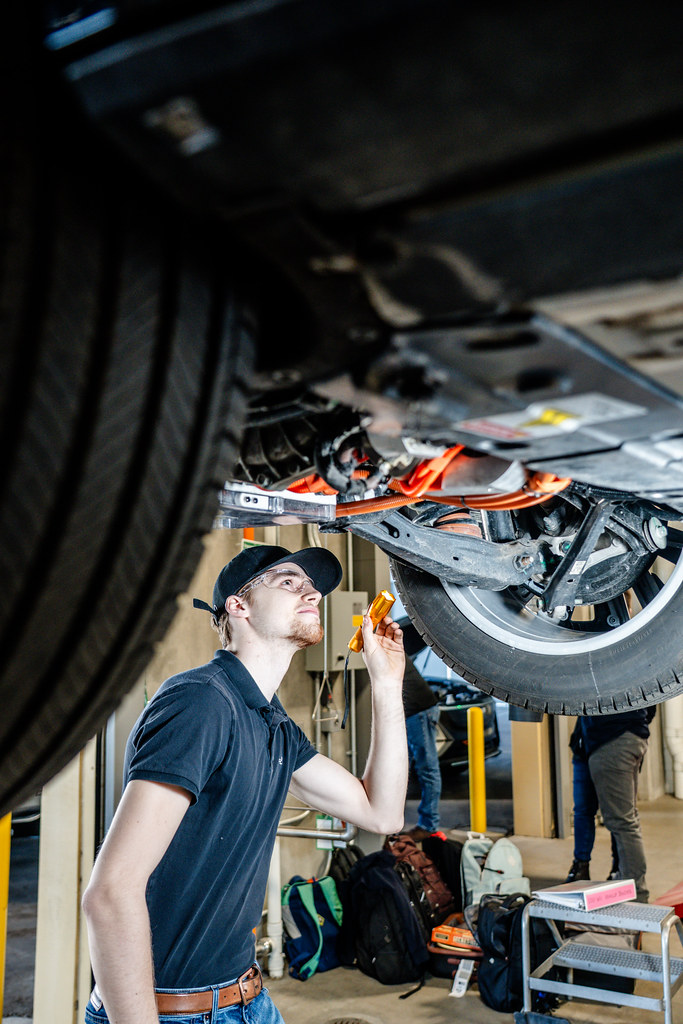
5. **Keep Software Updated**Your EV is as much sophisticated software as hardware. Manufacturers frequently release “software updates that can enhance battery management systems (BMS),” the brain behind your battery’s operation. These updates are crucial for maintaining and improving battery health and performance.
The BMS oversees critical functions like charging, thermal management, and cell balancing. By installing “updates promptly,” you ensure your BMS runs at peak, incorporating latest optimizations for “increased efficiency.” These enhancements directly “optimizing your battery’s performance” and extending its useful life.
Think of these updates as regular tune-ups for your battery’s brain. They address potential issues, refine energy distribution, and improve range calculations, often seamlessly. “Keeping your electric vehicle’s software current” is a passive yet powerful way to ensure your battery benefits from the latest automotive technology.
Staying on top of updates is straightforward. Most EVs will “Check for Notifications Regularly” via the car’s display or mobile app. Make it a habit to accept and install these as soon as available. It’s a simple, set-and-forget action yielding significant long-term benefits.
Read more about: Regret on the Odometer: 15 Luxury Autos That Become Financial Liabilities Right After You Drive Them Home
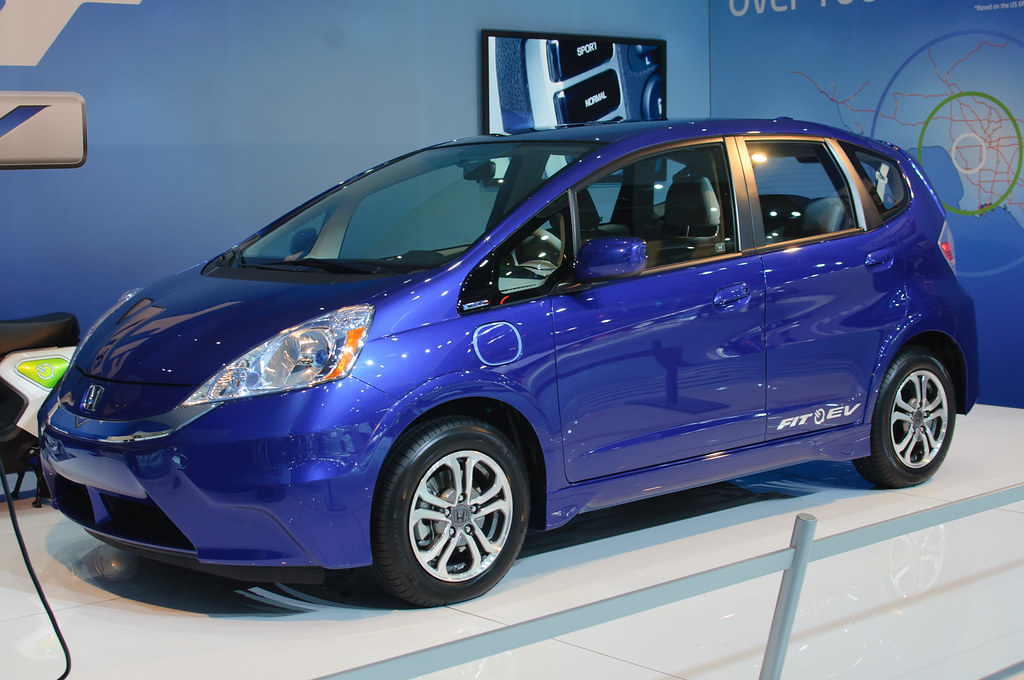
6. **Monitor Battery Health Regularly**Just as routine check-ups are vital for personal health, “monitoring your EV battery’s condition is important” for its well-being. Modern EVs, with sophisticated diagnostic tools, put crucial battery health information right at your fingertips. Leveraging these features proactively identifies and mitigates potential issues early.
You don’t need to be a technician. Most EVs let you “check your battery’s health easily” via the display or mobile app. These interfaces offer insights into charge levels and range. Regularly “Monitor Battery Percentage” to reinforce optimal charging habits and detect any creeping anomalies.
Regular monitoring helps “spot abnormal degradation or performance issues” before they escalate. If you notice a “noticeable decrease in your EV’s driving distance,” “difficulties with charging,” or “dashboard warning lights suggesting battery problems,” your monitoring alerts you. Early detection often leads to simpler, less costly solutions.
While built-in tools are excellent for daily oversight, “regular inspections are still important.” During “regular maintenance” check-ups, a skilled technician can “examine the battery system” with specialized equipment, ensuring all components function optimally. This combination of self-monitoring and professional assessment safeguards your investment.
### Beyond the Daily Drive: The Next 6 Critical Strategies for Long-Term EV Battery Health and Efficiency
Having covered the crucial daily habits, we now turn our attention to the strategies that go beyond your everyday drive. These next six steps focus on longer-term practices and less frequent but equally vital considerations that ensure your EV battery remains robust and reliable for many years. Think of these as the deeper dives into battery care, providing a holistic approach to maximizing your investment.
Read more about: Navigating EV Battery Warranties: A Comprehensive Guide to Longest Coverage for Peace of Mind
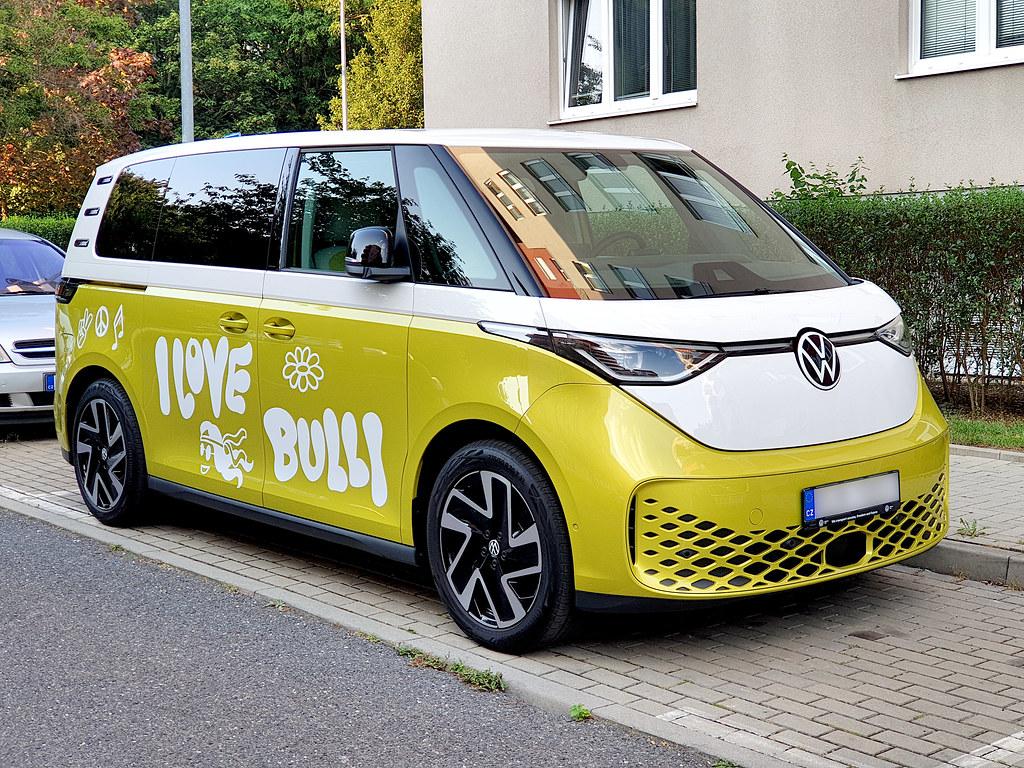
7. **Avoid Prolonged Storage at Full or Empty Charge**If you anticipate not driving your electric vehicle for an extended period, perhaps for weeks or even months, how you store its battery becomes paramount. Unlike daily use, prolonged inactivity requires a different strategy for charge levels. Storing your EV at extreme charge percentages, whether 100% full or completely empty, can significantly impact its long-term health.
Leaving your battery at 100% for long durations can induce stress on its chemical components, accelerating degradation over time. Conversely, allowing the battery to drop to 0% risks a deep discharge, which can permanently damage the sensitive lithium-ion cells. Neither extreme is beneficial for the battery’s delicate internal structure, leading to irreversible capacity loss.
Experts and manufacturers consistently recommend maintaining your EV battery’s state of charge between 40% and 60% for prolonged storage. Some even specify around 50% as the sweet spot. This moderate charge level minimizes chemical strain, allowing the battery to rest comfortably without excessive internal tension or the risk of harmful depletion.
To achieve this, plan your charging sessions before storing your vehicle. Utilize your EV’s mobile app or dashboard settings to manually charge or discharge to the ideal range. This simple, proactive step safeguards your battery during dormancy, preserving its capacity for when you’re ready to hit the road again.
Read more about: How to Master Classic Car Winterization: An In-Depth Guide for Safeguarding Your Cherished Vehicle Through the Cold Months
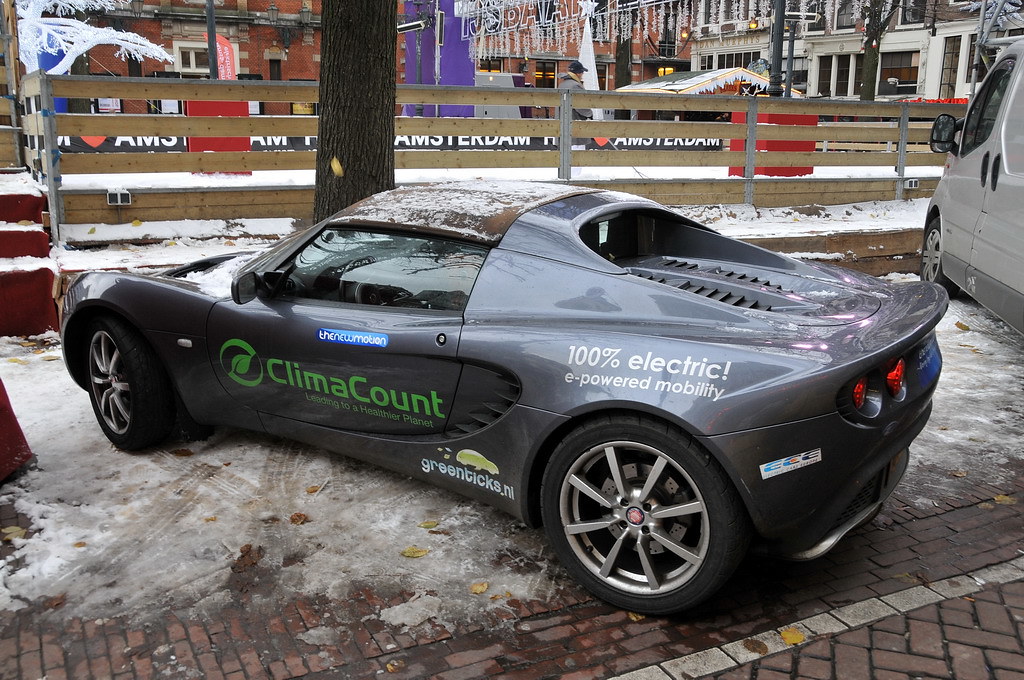
8. **Minimize High-Power Accessories When Possible**Every accessory in your electric vehicle draws power, and some demand significantly more energy than others. While amenities like air conditioning, heated seats, or a premium audio system enhance your driving experience, their frequent and sustained use directly impacts your battery’s workload and, consequently, its longevity. This power draw, especially during short trips, can put unnecessary strain on the battery.
High-power accessories like climate control systems are notorious energy consumers. For instance, running the air conditioning at full blast in summer or keeping heated seats on high in winter pulls substantial energy directly from the same battery that powers your motor. This increased overall energy consumption means your battery has to work harder and discharge more frequently, shortening its effective lifespan.
To mitigate this, adopt a strategic approach to accessory use. Whenever possible, pre-condition your EV’s cabin temperature while it’s still plugged into a charger. This allows the vehicle to draw power from the grid rather than solely from your battery, reducing the initial energy drain once you start driving. Similarly, consider using climate control sparingly or at lower settings when it’s not strictly necessary.
Remember, every watt saved is a watt that extends your battery’s life and range. Using high-power accessories strategically reduces the overall energy burden on your battery, promoting a healthier, more efficient driving experience. It’s a simple habit that adds up to significant long-term benefits for your EV.
Read more about: Protecting Your Purchase: A Consumer Report on Top Car Warranties and Key Manufacturer Recall Trends

9. **Maintain Proper Tire Pressure**It might seem like a minor detail, but maintaining the correct tire pressure is a surprisingly impactful way to extend your EV battery life. Underinflated tires are silent energy vampires, creating more rolling resistance against the road surface. This seemingly small increase in friction forces your EV’s battery to work harder, consuming more energy to cover the same distance.
When tires are underinflated, their contact patch with the road widens and deforms more, increasing drag. This additional resistance translates directly into a higher demand for power from your battery, reducing the vehicle’s overall energy efficiency. Effectively, your EV has to expend more energy to overcome this increased resistance, leading to faster battery depletion and a reduced driving range.
Checking your tire pressure should become a regular habit, ideally once a month. You’ll find the manufacturer’s recommended pressure levels typically listed on a sticker inside your driver’s side door jamb or in your EV’s owner’s manual. Use a reliable tire gauge and inflate your tires to these specified levels, ensuring all four wheels are properly pressurized.
Properly inflated tires minimize rolling resistance, ensuring your EV operates with optimal efficiency. This simple, consistent maintenance task reduces the load on your battery, helps you cover more distance on a single charge, and directly contributes to extending the lifespan of your electric vehicle’s most critical component. It’s an easy win for battery health.
Read more about: Diesel Durability Unveiled: 10 Engines That Redefine Longevity — And Those That Don’t
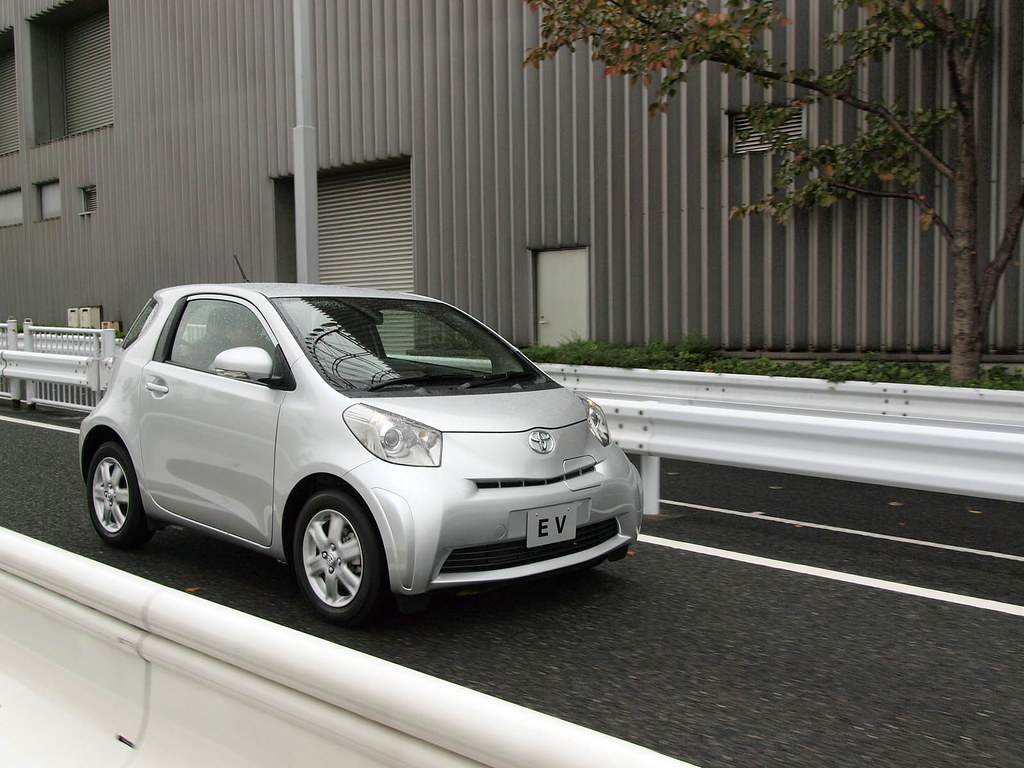
10. **Use Eco Mode for Daily Driving**Many modern electric vehicles come equipped with various driving modes, and “Eco Mode” is specifically designed with battery longevity and efficiency in mind. Engaging this mode isn’t just about saving a little range; it’s a strategic choice that optimizes your EV’s energy usage, easing the strain on your battery during routine driving.
Eco Mode works by subtly adjusting several vehicle parameters. Typically, it limits aggressive acceleration, smoothing out power delivery and preventing sudden surges that can stress battery cells. It also often reduces power to non-essential accessories or makes climate control systems operate more conservatively. These combined adjustments minimize peak power demands and overall energy consumption.
For city driving, commuting, or any situation where maximum performance isn’t required, Eco Mode is your battery’s best friend. It helps you preserve your battery’s capacity over time by operating within its most efficient parameters. While Sport Mode offers thrilling responsiveness, it’s best reserved for occasional fun drives, understanding its higher energy draw.
Making Eco Mode your default setting for daily trips is a simple, empowering habit. It ensures your battery isn’t constantly pushed to its limits, reducing wear and tear. This mindful approach extends your EV’s driving range and contributes significantly to the long-term health and efficiency of its battery, maximizing your investment.
Read more about: Drove it Regretted it: 12 Compact Models That Made Owners Question Their Judgment on the First Commute.
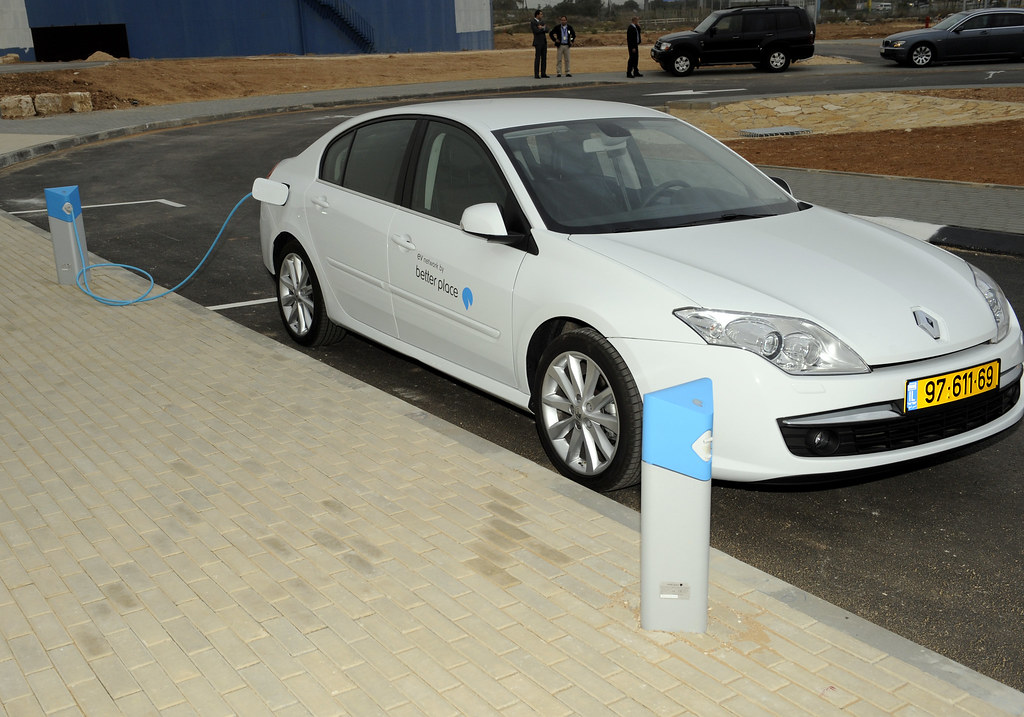
11. **Utilize EV Storage Modes or Trickle Charging Systems**When you need to store your EV for an extended period, whether it’s for a long vacation or seasonal parking, modern electric vehicles offer specialized features to protect the battery. Many EVs, including popular models like Tesla and Nissan Leaf, include a dedicated “Storage Mode” or “Long-Term Parking” feature. Activating this mode is a smart move for battery preservation.
Storage Mode is designed to automatically manage battery levels, typically keeping them within the recommended 40-60% range. It also reduces parasitic drain by disabling non-essential background systems and minimizing system wake-ups from apps or software updates. This intelligent management prevents the battery from slowly discharging into harmful low levels or being stressed at full capacity during inactivity, maintaining its ideal state of health.
For EVs without a dedicated storage mode, or to support your vehicle’s smaller 12V battery which powers locks and onboard systems, consider a compatible battery maintenance or trickle charging system. Not all trickle chargers are suitable for lithium-ion EV batteries; it’s crucial to use models specifically designed for them and to verify compatibility with your manufacturer. These systems can prevent deep discharge and keep the battery gently topped up.
Furthermore, if your EV’s fast charging settings can be toggled, remember to switch to standard charging mode before leaving it idle for a long time. High-speed charging can cause thermal stress, which is not ideal during storage. By utilizing these specialized modes or carefully selected trickle chargers, you ensure your battery remains stable and healthy, even when your EV isn’t actively being driven.
Read more about: Unlock Continuous Power: 13 Essential Ways to Keep Your RV’s 12-Volt Battery Charged on Every Adventure
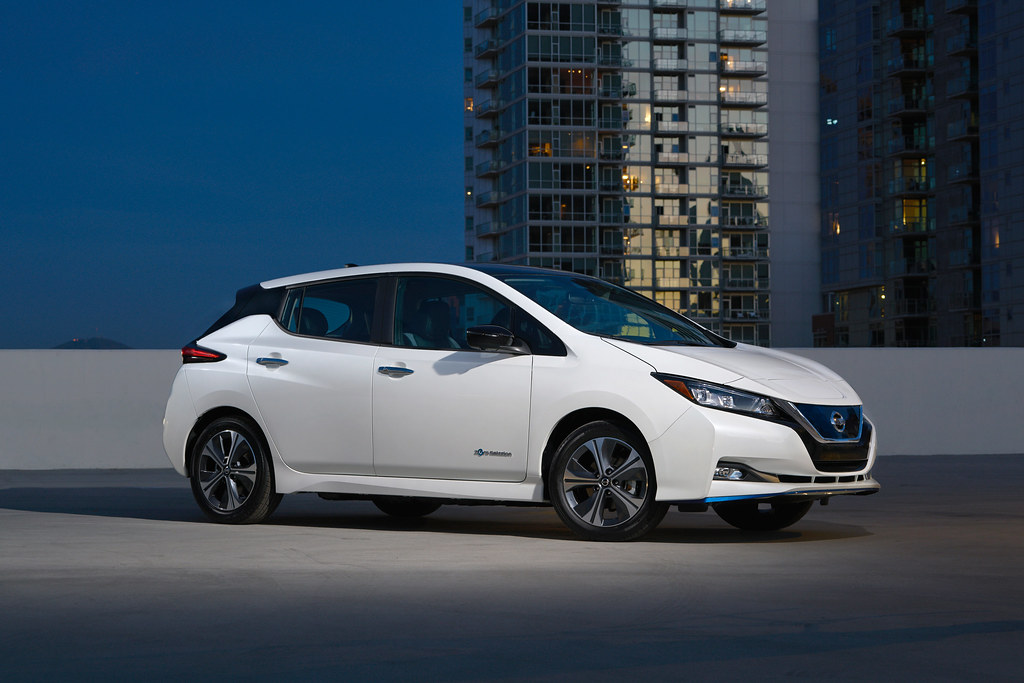
12. **Know When to Replace Your EV Battery and Plan for End-of-Life**Even with the most meticulous care, EV batteries, like all components, have a finite lifespan. Understanding the typical longevity and recognizing the signs that your battery might be nearing its end of life is a crucial aspect of long-term EV ownership. This knowledge empowers you to plan proactively and make informed decisions, ensuring your EV journey remains smooth.
Most new EV batteries are designed to last between 8 to 15 years, or for a significant mileage—often 150,000 to 300,000 kilometers. Many manufacturers back this with warranties guaranteeing replacement within a specific timeframe or mileage. However, various factors, including your charging habits and climate exposure, can influence this duration, making diligent care essential to reach the higher end of this range.
Keep a watchful eye for key indicators that suggest your battery might need attention. A noticeable decrease in your EV’s driving range, difficulties with charging, or the illumination of dashboard warning lights specifically related to battery problems are all signs to heed. These symptoms suggest that the battery cells are degrading beyond acceptable performance levels, potentially impacting reliability and safety.
When an EV battery does reach the end of its useful life in your vehicle, responsible disposal and recycling are paramount. Recycling initiatives are rapidly advancing, allowing over 90% of valuable materials like lithium and cobalt to be recovered and reused. This not only lessens environmental harm but also supports the circular economy for future EV battery production. Always check with your manufacturer for their specific recycling programs.
Read more about: Beyond the Road: Unpacking the Complex Journey of EV Battery Recycling and Its Future
Embracing these 12 comprehensive steps means taking full control of your EV battery’s future. From optimal charging to efficient driving, mindful temperature management, and understanding its eventual end-of-life, each action contributes to significant longevity, performance, and sustainability. By prioritizing these practices, you’re not just maintaining a vehicle; you’re investing in a greener, more cost-effective future, ensuring your EV remains a reliable companion for many years to come.



